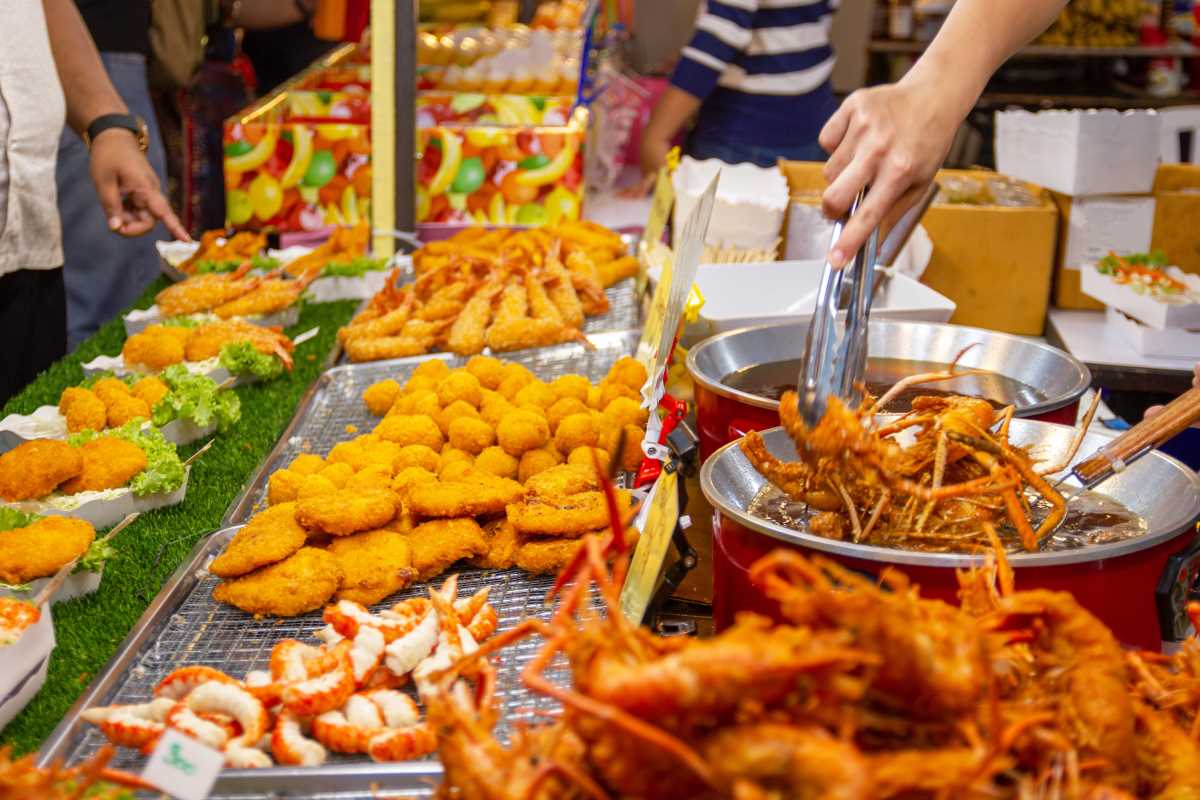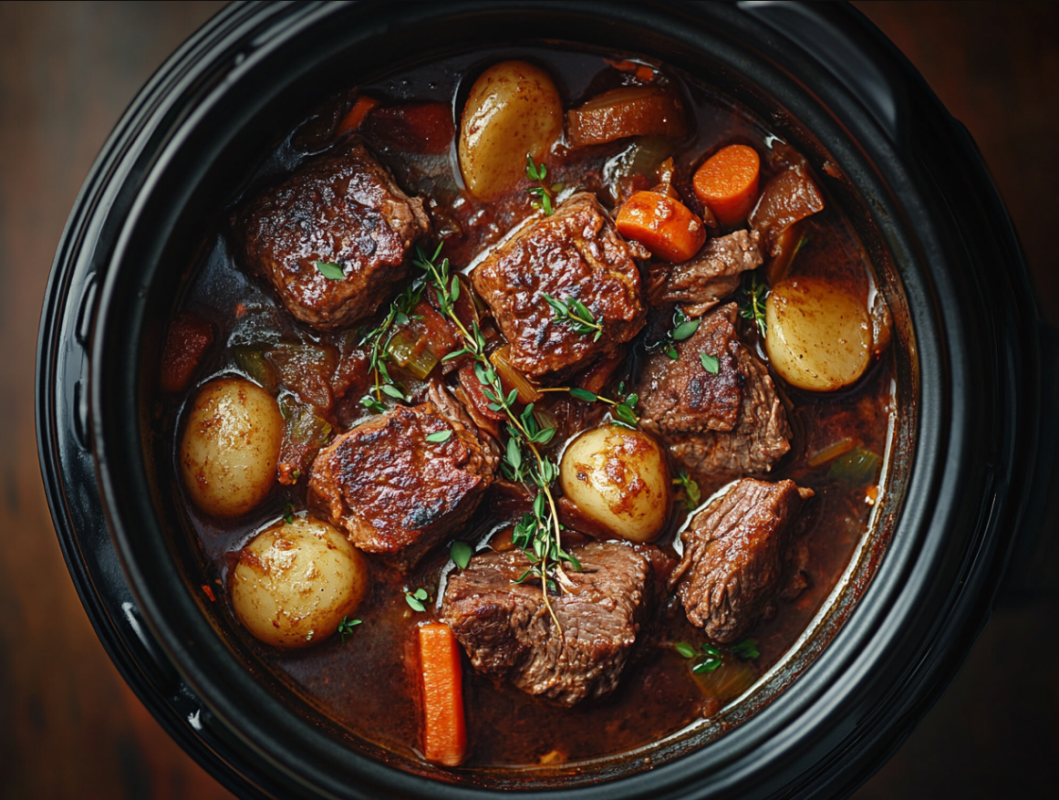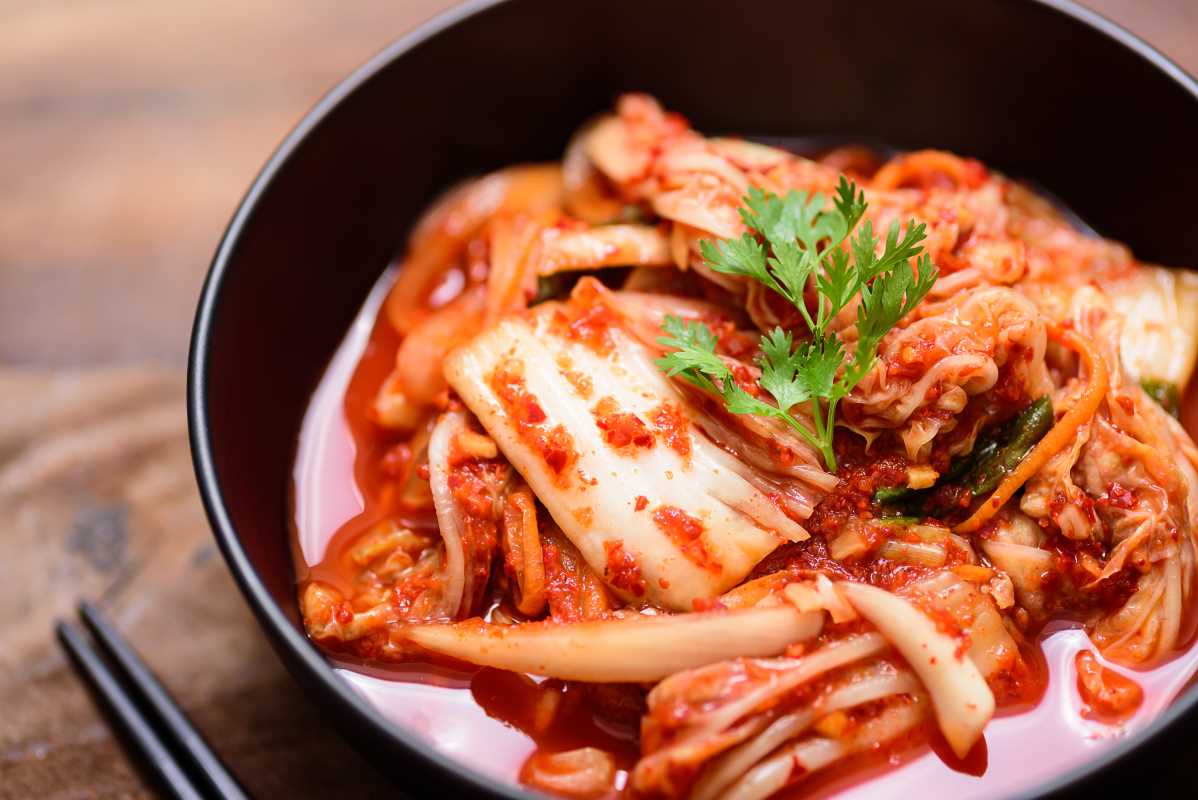Bangkok is one of the world’s greatest culinary capitals, especially when it comes to street food. The city buzzes with countless street vendors serving up everything from savory noodle dishes to sweet treats, all bursting with fresh flavors. If you're a foodie who loves to travel and experiment with global recipes at home, Bangkok should be at the top of your must-visit list. Whether you're strolling through busy markets or simply walking down a side street, the diversity and authenticity of the street food here will leave you hungry for more. In this article, we’ll dive into the essential street food dishes you must try in Bangkok and give you some tips on navigating the city’s vibrant food scene.
Pad Thai
Pad Thai is the quintessential Thai street food and arguably the dish most associated with the country. This stir-fried noodle dish features a perfect balance of flavors with tamarind, fish sauce, and sugar, usually served with shrimp, chicken, or tofu, and topped with peanuts, lime, and bean sprouts. Street vendors across Bangkok offer their own spin on Pad Thai, with some focusing on the charred smokiness from stir-frying over a charcoal grill.
Key ingredients include rice noodles, eggs, tofu, shrimp, peanuts, lime, and a signature Pad Thai sauce that’s made from tamarind, fish sauce, sugar, and sometimes chili. Some variations include Pad Thai with a crispy noodle crust, or as a wrapped omelette. Popular areas to find excellent Pad Thai include Sukhumvit Soi 38 and Yaowarat (Chinatown), where local vendors serve up this beloved dish well into the night.
Som Tum (Green Papaya Salad)
Som Tum is a spicy, refreshing salad made from shredded green papaya, tomatoes, peanuts, and sometimes dried shrimp, all tossed together with a tangy dressing of lime, fish sauce, and palm sugar. It’s known for its perfect balance of flavors—sweet, sour, salty, and spicy.
The spice level in Som Tum can be intense, so if you're not a fan of heat, be sure to ask for a milder version. Vendors will often adjust the spice based on your preference, but it's always best to err on the side of caution if you're new to Thai spice levels. Som Tum is a dish you’ll find throughout the city, especially in markets like Chatuchak and Wang Lang.
Mango Sticky Rice (Khao Niao Mamuang)
This classic Thai dessert is a sweet and creamy combination of ripe mango slices served with sticky rice, drizzled with coconut milk and topped with sesame seeds or mung beans. The dish is as beautiful as it is delicious—golden mango paired with the soft, slightly chewy sticky rice.
Mango sticky rice is a true taste of Thailand, with ripe mangoes being the key to its success. During mango season (April to May), this dish is especially popular, but it’s available year-round. Many street vendors in Bangkok, including those around Sukhumvit Soi 38, offer this dessert. It’s not just a treat; it’s also a culturally significant dish in Thai society, often enjoyed as a celebratory food during festivals.
Satay (Grilled Skewers)
Satay refers to skewers of marinated meat—often chicken, pork, or beef—that are grilled over an open flame and served with a peanut dipping sauce. The meat is tender and flavorful, thanks to a marinade that typically includes turmeric, coconut milk, and other spices.
Satay is typically served with a side of cucumber relish to cut through the richness of the meat and peanut sauce. You'll find these grilled skewers at many street food stalls, especially in areas like Yaowarat and Wang Lang Market. For an authentic experience, try the Thai-style pork satay, which is especially flavorful and juicy.
Tom Yum Soup
Tom Yum is a hot and sour soup known for its bold flavors. The broth is infused with lemongrass, galangal, kaffir lime leaves, and chili, making it both aromatic and spicy. Tom Yum is often served with shrimp (Tom Yum Goong) or chicken (Tom Yum Gai), and the tangy, zesty flavor comes from lime juice and fish sauce, balanced with the heat of fresh chili peppers.
There are a few different variations of Tom Yum, with Tom Yum Goong (shrimp) being the most popular. Another common version, Tom Yum Nam Khon, includes a creamy coconut milk base that adds richness to the soup. Tom Yum can be found at street food vendors across the city, but don’t miss out on tasting it at one of Bangkok’s many boat noodle stalls.
Boat Noodles (Kuai Tiao Ruea)
A visit to Bangkok isn’t complete without trying Boat Noodles, a small, hearty bowl of noodle soup traditionally served from boats along the canals. The dish features a rich, dark broth made from beef or pork, combined with rice noodles, herbs, and sometimes a few drops of spicy chili oil. The unique flavor of boat noodles comes from a combination of beef or pork blood, which thickens the broth and gives it a rich, savory depth.
Boat noodles are served in small portions, encouraging you to try multiple bowls. A historic dish, it originated as a quick meal for boat vendors transporting goods along the canals. Head to the famed Boat Noodle Alley near Victory Monument to try the best.
Roti Gluay (Banana Roti)
If you have a sweet tooth, Roti Gluay (banana roti) is the perfect street food dessert. This crispy pancake, stuffed with sweet, ripe banana, is fried to perfection and served with condensed milk or even chocolate drizzled on top. It’s a delicious treat that’s both crunchy and gooey in all the right ways.
Though it’s a popular dessert, Roti Gluay is also often eaten as a snack at any time of day. Street vendors at spots like Sukhumvit and Chatuchak Market will prepare it fresh, so make sure to grab one when you’re exploring.
Navigating Bangkok's Street Food Scene
Bangkok is a street food lover’s paradise, but certain areas are particularly famous for their offerings. Yaowarat (Chinatown) is a bustling hub for Chinese-influenced street food. Sukhumvit Soi 38 is renowned for a variety of Thai dishes, including Pad Thai and Satay. Wang Lang Market offers a mix of delicious Thai snacks and savory dishes, while Chatuchak Weekend Market is a must-visit for food lovers, with countless food stalls and local specialties.
While Bangkok’s street food scene is both tasty and authentic, it’s essential to make sure you're eating safely. Look for vendors with high turnover—this usually means the food is fresh. Cleanliness is also important, so observe how food is handled before ordering. Stick to bottled water and avoid ice unless you’re sure it’s made with purified water.
Street food in Thailand is about more than just eating; it’s a cultural experience. Many dishes are made-to-order, referred to as “ahaan tam sang,” meaning food that’s freshly prepared on the spot. Bargaining may be necessary in certain areas, though many street vendors have fixed prices. Remember to order politely, using “khrap” (for men) or “kha” (for women) at the end of your sentences.
Cash is king in Thailand, especially on the street food scene. Always carry enough Thai Baht for your meals, and keep smaller bills handy for easier transactions. Many street vendors do not accept credit cards, so it's always best to pay in cash.


.jpg)




